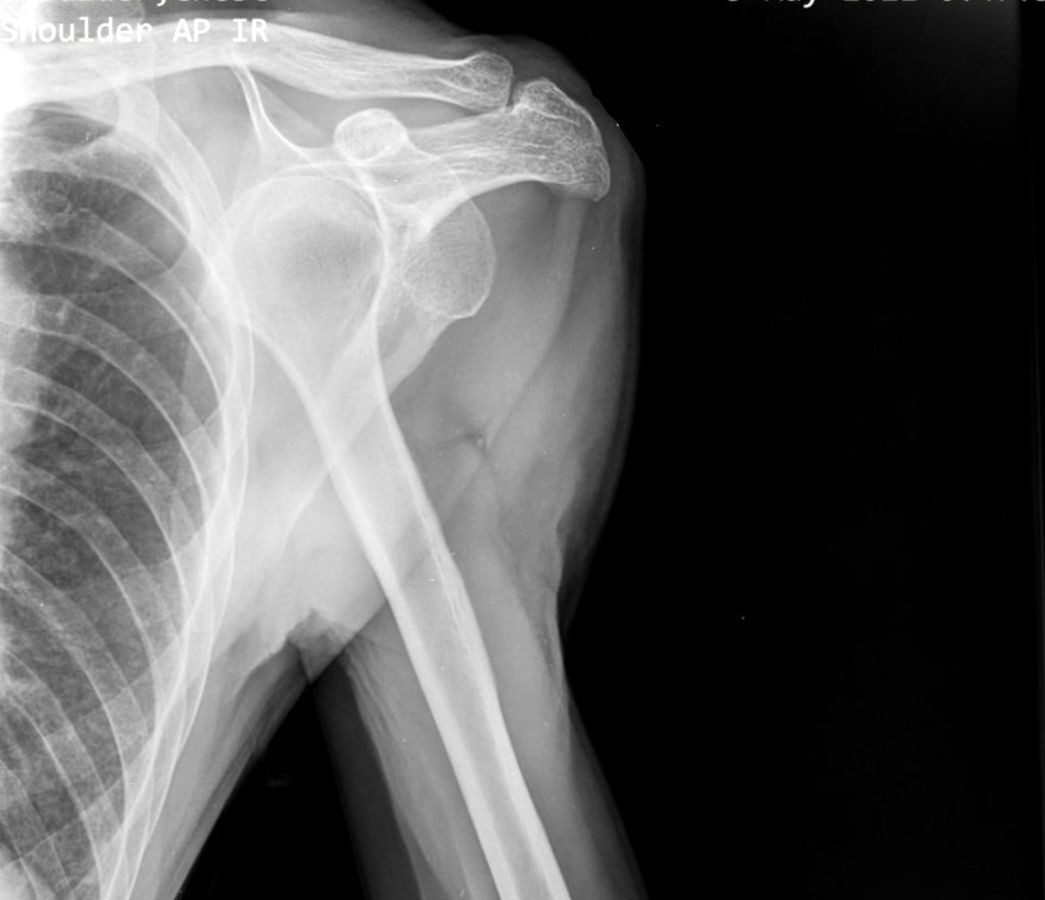It’s no fun when your shoulder decides to take an unexpected holiday from its socket. Shoulder dislocations are not only painful — they can lead to long-term instability, soft tissue damage, and a frustrating loss of mobility. Whether it happened on the football pitch, while reaching awkwardly, or from a previous injury, a dislocated shoulder can feel like everything’s out of alignment—because it is.
Osteopaths at Altona Meadows Osteopathy are trained to assess and manage musculoskeletal injuries, including the aftermath of shoulder dislocations. While we don’t put shoulders back into place (that’s a job for A&E), we are here to help with your recovery and rehabilitation. Call us on (03) 8360 8363.
What is a shoulder dislocation?
The shoulder joint—specifically the glenohumeral joint—is the most mobile joint in the human body. It’s a ball-and-socket structure, where the head of the humerus (upper arm bone) sits in a shallow socket called the glenoid fossa of the scapula (shoulder blade). This mobility allows you to perform a huge range of movements, but it comes at a cost: it’s also more vulnerable to dislocation than other joints.
In a dislocation, the head of the humerus is forced out of its socket. The most common type is an anterior dislocation, where the humeral head moves forwards, usually due to trauma or force when the arm is in an extended and externally rotated position. Less commonly, the shoulder can dislocate posteriorly or inferiorly.
Symptoms typically include:
- Sudden, severe shoulder pain
- Visible deformity or asymmetry
- Inability to move the arm
- Swelling, bruising, and sometimes numbness
After the initial dislocation is reduced (manually repositioned), attention turns to healing and preventing recurrence.
How can osteopathy help?
Once the joint is back in place and any fractures have been ruled out, osteopathic care may support your recovery by:
1. Promoting soft tissue healing
Dislocation often damages the surrounding muscles, ligaments, and capsule. Osteopaths work with techniques aimed at improving local circulation and reducing muscle tension, which may assist in the healing of these structures.
2. Improving joint function
The shoulder doesn’t work in isolation. It relies on good movement and coordination from the scapula, clavicle, spine, and even the ribcage. Osteopaths assess how your whole upper body is functioning post-injury and may use manual therapy to restore normal biomechanics.
3. Reducing compensatory patterns
After a shoulder dislocation, you might unconsciously avoid using the affected arm or over-rely on the opposite side. This can lead to secondary issues like neck strain or postural imbalance. We aim to address these patterns early.
4. Supporting stability through exercise
Osteopaths can guide you through rehabilitation exercises tailored to your stage of recovery. This may include work on the rotator cuff muscles to help stabilise the shoulder and reduce the risk of recurrence.
When to see an osteopath
You should seek immediate medical attention if you suspect a dislocated shoulder—it’s not something to try and “pop back in” at home. But once the joint has been professionally reduced and cleared of serious injury, osteopathic care can form part of your broader recovery plan.
People often see an osteopath:
- Within a few days to weeks after the incident, once the acute swelling has settled
- For rehabilitation after multiple dislocations or in cases of shoulder instability
- As part of a long-term strategy to return to sport or physical activity
Long-term risks of untreated or recurrent dislocation
Without proper rehabilitation, shoulder dislocations can become a repeat event. The joint capsule may stretch, the labrum (cartilage rim of the socket) can tear, and muscles may weaken. This creates a vicious cycle of instability.
Some patients also experience chronic shoulder pain, reduced range of motion, or fear of movement—a condition known as kinesiophobia.
An osteopath’s holistic approach considers not only the physical injury but the broader impact on your movement, confidence, and function.
Conclusion
If your shoulder has been through the wars, we’re here to help guide you through recovery. Call (03) 8360 8363 to make an appointment with one of our osteopaths at Altona Meadows Osteopathy, and let’s work together to get your shoulder back where it belongs—moving freely, confidently, and pain-free.
And don’t forget to follow us on social media for more recovery tips and movement advice!
Information provided here (including text, graphics, images, outbound links, and other material) is for informational purposes only. It is general in nature and is not to be used or considered as a substitute for personalised professional medical advice, diagnosis, or treatment. Always seek the advice of your qualified allied health provider regarding any symptoms, medical conditions, or treatments and before undertaking any new health care regimen.
References
When needed, we research our content using a range of sources across both web and books. Regular references we use include:
- Foundations of Osteopathic Medicine, 4th ed. Seffinger et al. 2019
- Thieme Atlas of Anatomy, 4th ed. Gilroy et al. 2021.
- Clinical Sports Medicine: Injuries, 5th ed. Brukner & Khan. 2017.
- Principles of Anatomy & Physiology, 13th ed. Tortora & Derrickson. 2011.
- Differential Diagnosis and Management for the Chiropractor. 5th ed. Souza. 2016.
- Physiopedia website – https://www.physio-pedia.com/home/
- Pubmed website for latest articles – https://pubmed.ncbi.nlm.nih.gov/
- Google Scholar for latest articles – https://scholar.google.com/
- World Health Organisation website – https://www.who.int/
- Osteopathy Australia website – https://osteopathy.org.au/
- Australian Physiotherapy Association website – https://australian.physio/
- Chiropractic Australia website – https://www.chiropracticaustralia.org.au/
- Professional bodies websites and health conditions charity websites, like Arthritis Australia – https://arthritisaustralia.com.au/
